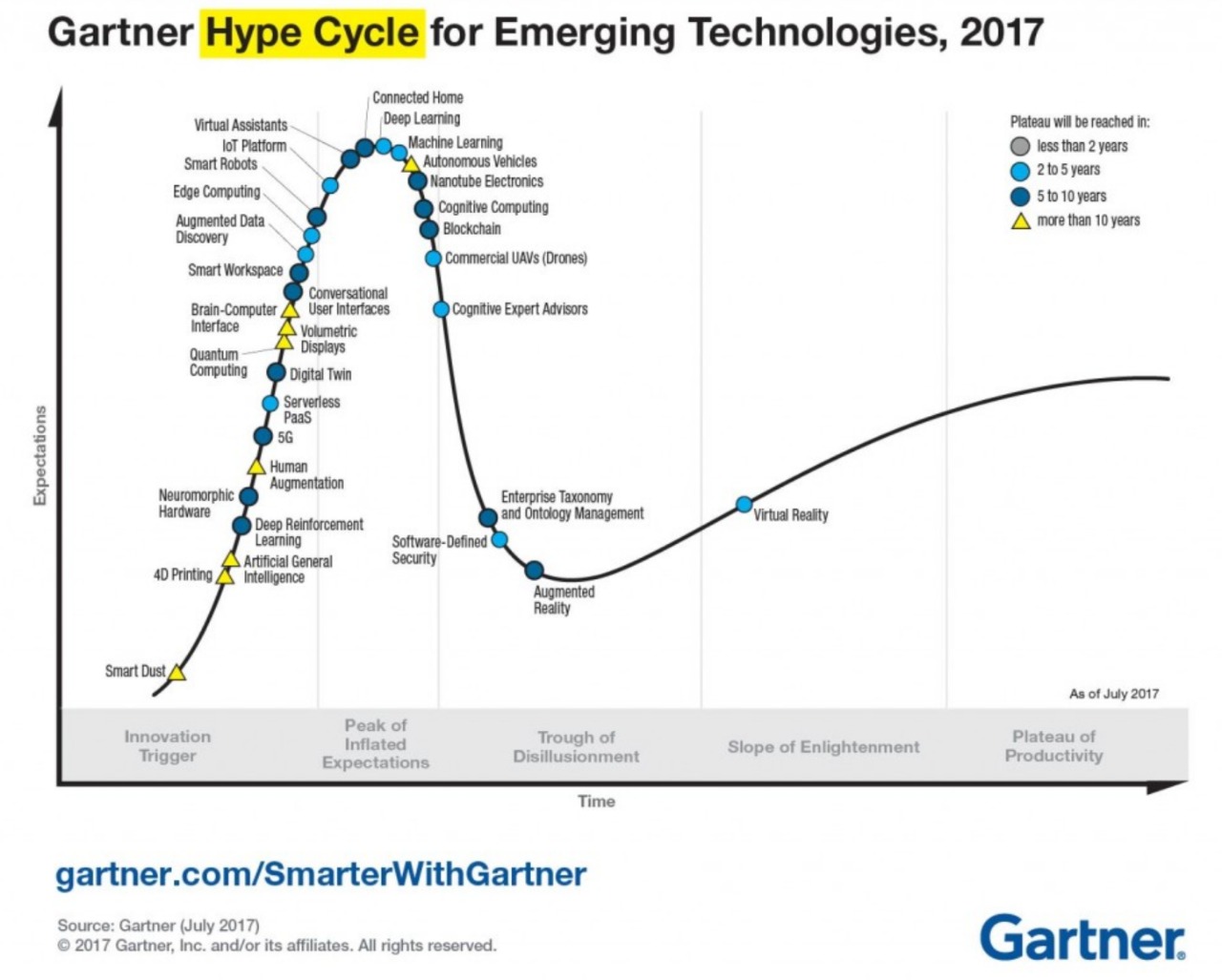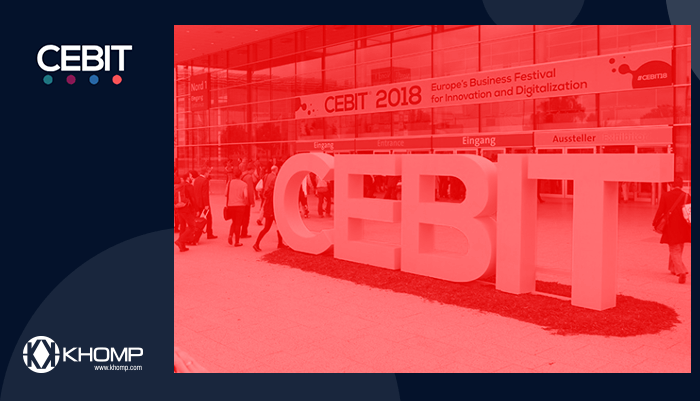CeBIT 2018 – one of the main technology expos in the world – took place in Hanover, Germany, from June 11 to 15.
With the objective of getting to know the trends that drive the international market, as well as establishing strategic partnerships, Khomp sent their International Sales Director, Jeremias da Silva, who shares his impressions on the event through this interview.
Khomp’s Blog: What is your general opinion on CeBIT?
Jeremias Silva: This year’s edition was different than the one I participated in 2014. After this break, the change in the direction of the meeting is noticeable – nowadays it is more focused on introducing disruptive technological innovations and prospecting for new talents, rather than promoting new commercial partnerships.
KB: So, what is the future of the Telecommunications market?
JS: There is a greater movement towards investing in unified communications. This is translated into having the European companies searching for products that offer more than one telephony feature, embracing integrated systems.
KB: And how does Khomp fit in this context?
JS: This European trend is part of what our company seeks, integrating other technologies into Telecommunications, such as in the development of the access control devices integrated with telephone exchanges; connected SIP devices and IoT; cloud platform and central management systems.
On Khomp’s path as a provider of technology and products that allow our partners to develop UC (Unified Communications), the next step, which we are already on, is the investment in IoT (Internet of Things).
KB: And what innovations did CeBIT bring related to this technology?
JS: What I noticed was that there are no development standards and protocols (and it is getting harder and harder to know when they will be defined). Hence, the technologies are too open.
Moreover, I noticed that the IoT providers do not necessarily offer an infrastructure, but rather a solution that uses this technology to meet a certain need.
This differs from Khomp’s strategy for the segment: instead of focusing on offering applications, we provide equipment that will work with any type of sensor.
KB: What do you mean?
JS: At the expo, we saw that the companies have been investing in hardware that talk to a single sensor. You have Internet of Things, but it is sliced by application. In this context, a solution for energetic efficiency, for example, will only talks to one IoT technology – without connecting to the other “things”.
We are going against this thought. We believe the path should not be to offer a solution that excludes the rest, for example: a solution for energetic efficiency, a solution for temperature control, another solution for brightness control, another for fire control, another for access control, as well as others. In our vision, the great insight of this front is to have a central database, making it possible to exchange and process all of this information.
Based on this, it became clear that we are certainly heading in the right direction, since we saw lots of people talking about IoT, but thinking on the proposed solution. We didn’t find anyone that follows our conception, thinking about an integrated model – in which we offer a hardware for the integrators to develop their applications, which can actually be of any type, since they support all IoT connections of a company.
KB: In this scenario, what opportunities should the developers watch out for?
JS: Both for the Brazilian market and for the international market, Khomp’s market visibility for integrators is to not focus on isolated solutions, but rather to think of connecting more than one vertical market, processing more than one data source to bring more information to your final customer.
Khomp’s partners can already lead the way in this sense: based on Khomp’s IoT technology, the integrator can count on a platform that allows for connecting different sensor to a single system.
KB: Which AI applications highlighted during the event got your attention?
JS: Information processing based on Artificial Intelligence is already a reality, although Brazil is not as evolved. The AI applications process and exchange data to provide indicators and information for decision making by people or automated machines.
I believe information is the key. It is disruptive to the 3.0 and 4.0 industry. For example, IBM’s Watson computer that uses data exchange and machine learning. Actually, when looking at the latest publication of Gartner’s chart about the technology cycle, you will see a new trend for AI – the Artificial General Intelligence.
But I want to highlight the IoT on this chart:

You can see that it is still on the rising curve, because it is a technology full of possibilities. Other technologies arrived earlier, but are already stabilized in the Peak of inflated expectations curve, as is the case for Blockchain. The “boom” or apex of IoT has yet to come.
In short, whoever goes beyond providing infrastructure, delivering intelligence solutions to their customer, has a tendency to reap good results in the horizon.
Through understanding this scenario, Khomp seeks to develop equipment that integrates the different IoT solutions and centralizes data collection, ensuring the ideal base for the development of such technologies. After all, there is a reason why our purpose is Enabling Technology.
